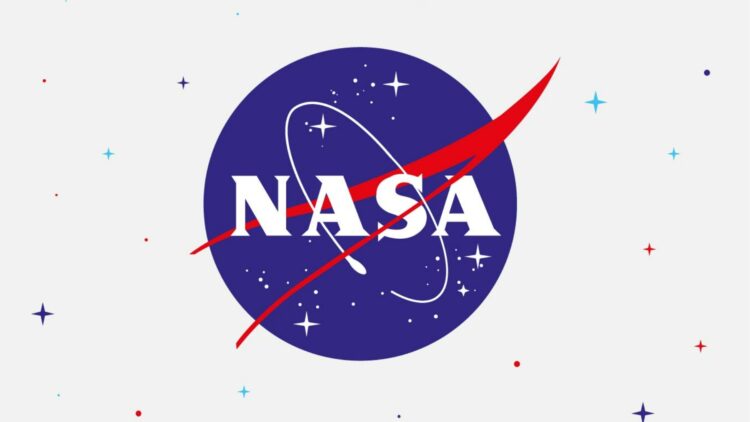Confirmed – NASA observes a rare event outside our galaxy and astronomers can’t believe what they see
Farewell to giant stars – NASA detects three black holes devouring giant stars – a shocking cosmic phenomenon
Neither dinosaurs nor glaciers – the amazing lost world emerging from Antarctic depths – prehistoric life that remained buried
If we asked you what NASA and Toyota have in common
, you probably wouldn’t find many connections, so we’ll give you the spoiler: a hydrogen hybrid engine. Yes.
NASA is also moving to hydrogen and has just presented its Hy2PASS project.
The idea? That the future of space travel is also zero emissions.
And it’s true, hydrogen has made its way into all engines already and the idea of decarbonizing the skies forever doesn’t sound so bad! Lighter planes, quieter, and free of pollution. Doesn’t that sound like a huge step forward?
Zero-emissions takeoffs
Whoever dominates the race for sustainable mobility will dominate the future of global transportation… We’re tired of hearing that already, right? Well, with that premise, NASA has launched the Hy2PASS project. The prototype aims to eliminate classic energy losses: it separates the compressor from the turbine and powers it with electricity from the hydrogen fuel cell. This avoids losses from friction and heat and, in the process, generates water as the only residue. An engine ready to launch the era of zero-emissions flights.
NASA: the engine that breaks tradition
The concept of a hydrogen hybrid engine is not entirely new, but Hy2PASS has something new to share. By disconnecting the compressor from the turbine shaft, the system allows the airflow to match the needs of the fuel cell, not the engine revolutions. So, they can work at different pressures without overloading any component. But… how does it work?
Well, just like with vehicles, it’s four very simple steps:
- The hydrogen stored in cryogenic tanks is injected into the cell.
- The cell generates electricity and water through the reaction with oxygen.
- Part of the electricity powers the electric compressor, which supplies fresh air to the cell itself, while the rest goes to a small thrust generator or auxiliary aircraft systems.
- The water is expelled as vapor, eliminating nitrogen oxides and CO₂.
Advantages over the classic turbine?
By not relying on fossil fuels, the engine reduces direct carbon emissions to zero. Also, removing the mechanical connection between compressor and turbine reduces vibrations and noise, two critical variables for aviation!
And finally, the use of liquefied hydrogen offers a higher energy density than current batteries, which makes long-range flight feasible without penalizing range.
Hydrogen is back in fashion
For years, the industry bet on batteries, but their weight limits any passenger plane project beyond short routes. This is where NASA regains faith in hydrogen.
Unlike ground vehicles, a plane can store large cryogenic tanks in the fuselage, offsetting the volume issue.
Where does the inspiration come from?
It all seems to be inspired by the automotive industry, and it’s true, the land-based experience of brands like Toyota has shown that hydrogen works perfectly.
NASA has adopted those lessons and amplified them to the aerospace field, adding the sophistication needed to meet rigorous flight certifications.
Will there be challenges?
It won’t all be a bed of roses. First, there’s the challenge of maintaining liquid hydrogen at high pressures. But on the other hand, the Federal Aviation Administration (FAA) and its European counterpart, EASA, will also have to validate every element: from the strength of the tanks to how the system responds to electrical failures. The process is long… But we know they’ll be able to do it! Plus, they have the support of NASA’s Innovative Advanced Concepts Program (NIAC).
A new chapter for NASA
If Hy2PASS reaches production, commercial aviation could cut millions of tons of CO₂ per year, and of course, commercial airlines would benefit too.
We’re still in the early stages, so, relax. But what’s clear is that they intend for Hy2PASS to serve as an example for everyone. Hydrogen is here to stay and no one’s taking its moment away!




